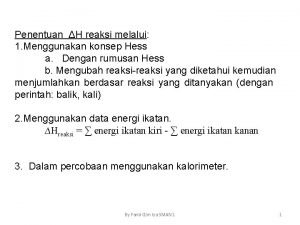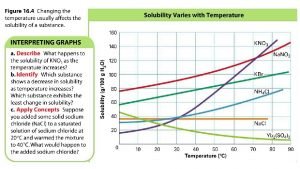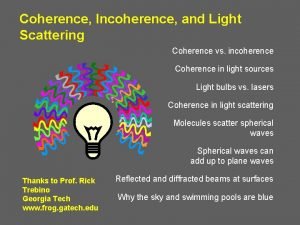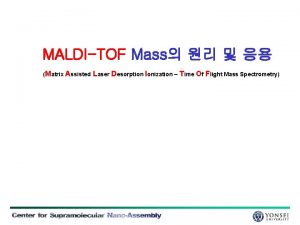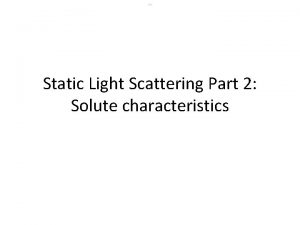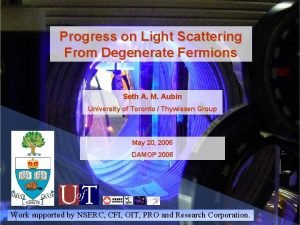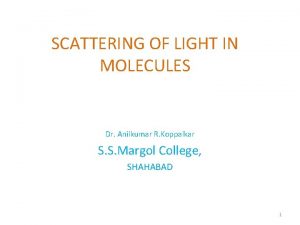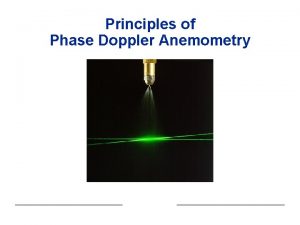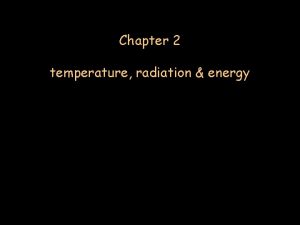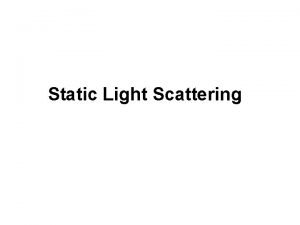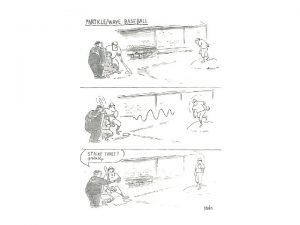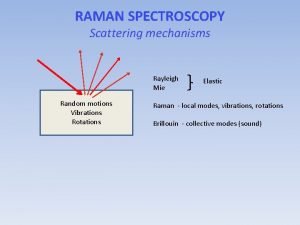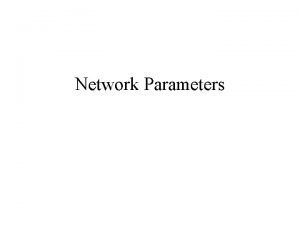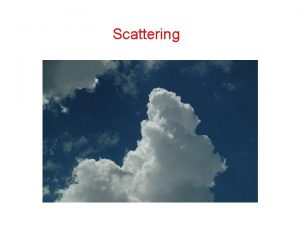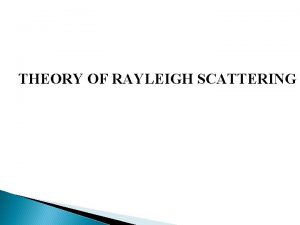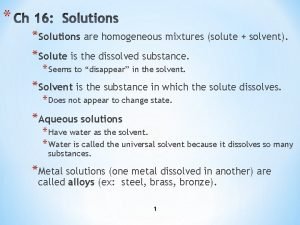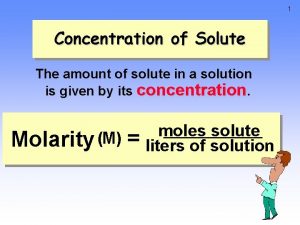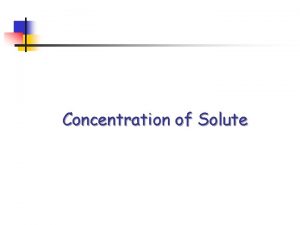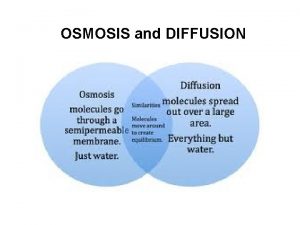786 Static Light Scattering Part 2 Solute characteristics




















- Slides: 20

786 Static Light Scattering Part 2: Solute characteristics

What can light scattering measure? For a solute in solution, light scattering can determine: • Molecular Weight, M • Radius of gyration, Rg • Second virial coefficient, A 2 A typical application is the determination of the weight average molecular weight M of a macromolecule. . . the radius of gyration Rg or the form and structure factor. By measuring the scattering intensity at various concentrations, the second virial coefficient A 2, can be calculated. Special analysis techniques such as the Zimm or Guinier Plot can be used to obtain results from the measured data. – lsinstruments. ch

Background toluene and solvent also scatter light due to density fluctuations

What does I(q) tell us? • Form factor P(q) – Information about individual particles • Structure factor S(q) – Information about “particle packing” – Dependent on pair-correlation function • Both individual solute molecules/particles and their arrangement in solution contribute to I

Structure Factor S(q) • Pair correlation function depends on interparticle interaction U U(R) Umax r

Second virial coefficient • Also related to interparticle potential U(R) • From thermodynamics: Deviation from ideal gas law based on interaction between 2 particles

Pair correlation g(r) and Structure factor S(q) g(r)

Pair correlation g(r) and Structure factor S(q) g(r)

Pair correlation g(r) and Structure factor S(q) g(r)

Understanding SLS data • • SLS simultaneously measures I, Kc/R & RH RH is hydrodynamic radius, same as from DLS c is concentration of solute K is a material constant; n = refractive index • Kc/R is called the “Rayleigh Ratio, ” where R is the “excess scattering” from the solute alone

Rayleigh Ratio • The instrument measures this quantity as a function of angle From form factor • It can be derived that: c From structure factor • Where M = molecular weight, B 2 = second virial coefficient

Zimm Plot • Simplifications: c – when q 0 this becomes linear! c – M comes form intercept and B 2 from slope

Zimm Plot Kc/R • Measure Kc/R for multiple concentrations at multiple angles • Plot tool extrapolates q 0 and c 0 Traces represent different c’s What if you don’t know K and/or c very precisely?

– lsinstruments. ch

Zimm Plot • Extrapolations: c 0 q 0 c c Intercept = 1/M M = weight-averaged molecular weight

Note: Form Factor P • Geometrical Consideration: integral over the particle/molecule volume considering position of each point within the particle/molecule • Also equal to • Which is convenient when q and R are known (typically use R from measurement at 90 degrees)

Form Factor P for a Sphere

Form Factor P • Guinier Approximation: • Initial slope gives radius of gyration • Don’t need to specify c or dn/dc!

Radius of gyration & shape factor • Radius of gyration = mass distribution about the center of mass • P = Rg / RH • Shape factor for… Sphere = 0. 67 Ring = 1

Lab Tasks • SLS measurement on polymer standard • SLS on BSA protein (? ) • Use Plot & Fit software to assist with Zimm plots and extraction of parameters – thank you Sharon!
 Pada pembakaran 0 786 gram belerang
Pada pembakaran 0 786 gram belerang Scattering of light in suspension
Scattering of light in suspension Scattering of light definition
Scattering of light definition Brightness and contrast
Brightness and contrast Rayleigh vs mie
Rayleigh vs mie Dynamic light scattering 원리
Dynamic light scattering 원리 Rayleigh theory of light scattering
Rayleigh theory of light scattering Rayleigh theory of light scattering
Rayleigh theory of light scattering Pauli blocking of light scattering in degenerate fermions
Pauli blocking of light scattering in degenerate fermions Scattering of light
Scattering of light Light scattering
Light scattering Light scattering
Light scattering Light light light chapter 23
Light light light chapter 23 Light light light chapter 22
Light light light chapter 22 Light light light chapter 22
Light light light chapter 22 Rayleigh scattering formula
Rayleigh scattering formula Scattering in central force field
Scattering in central force field Rayleigh vs raman scattering
Rayleigh vs raman scattering Coherent scattering
Coherent scattering Scattering cross section in nuclear physics
Scattering cross section in nuclear physics Convert s parameters to impedance
Convert s parameters to impedance
